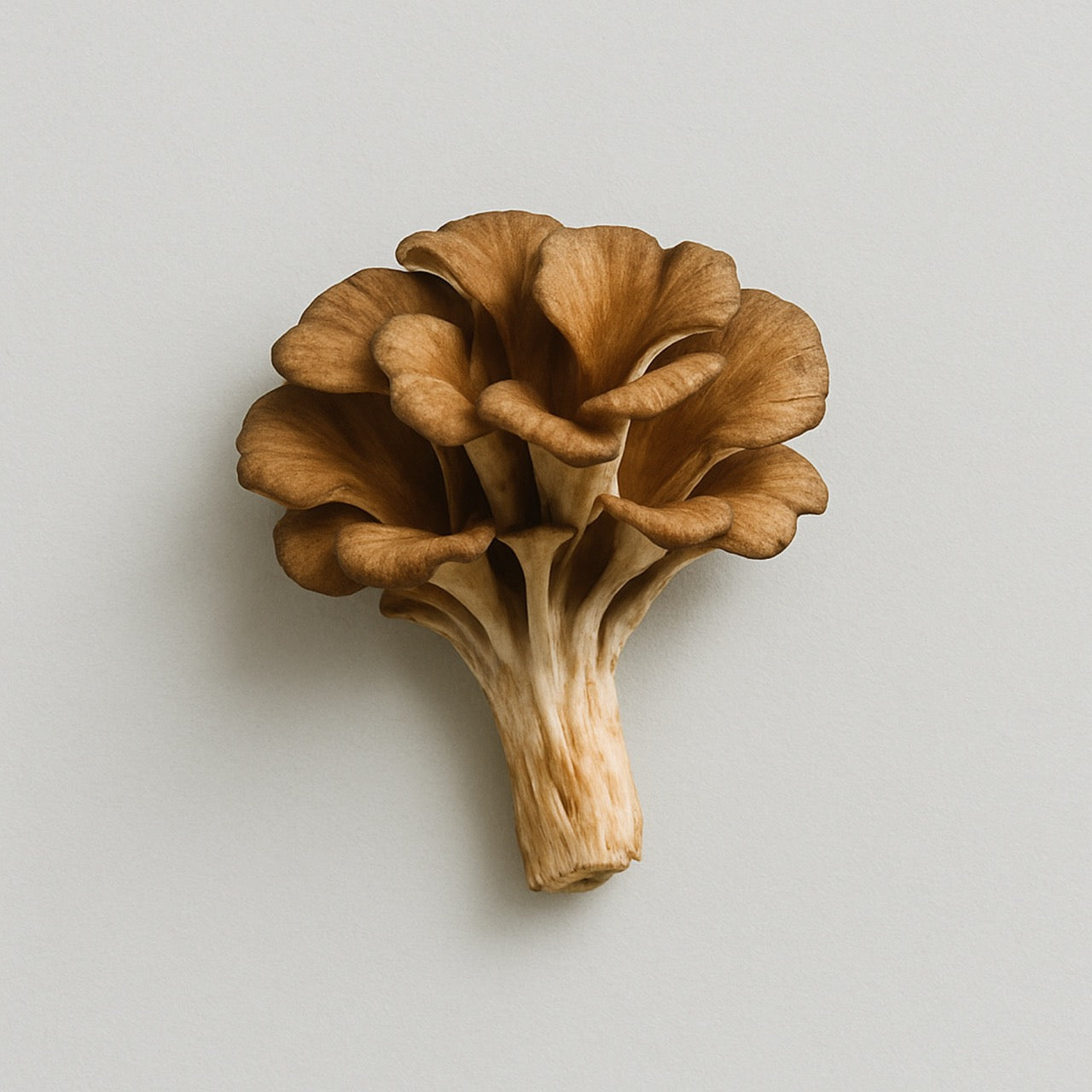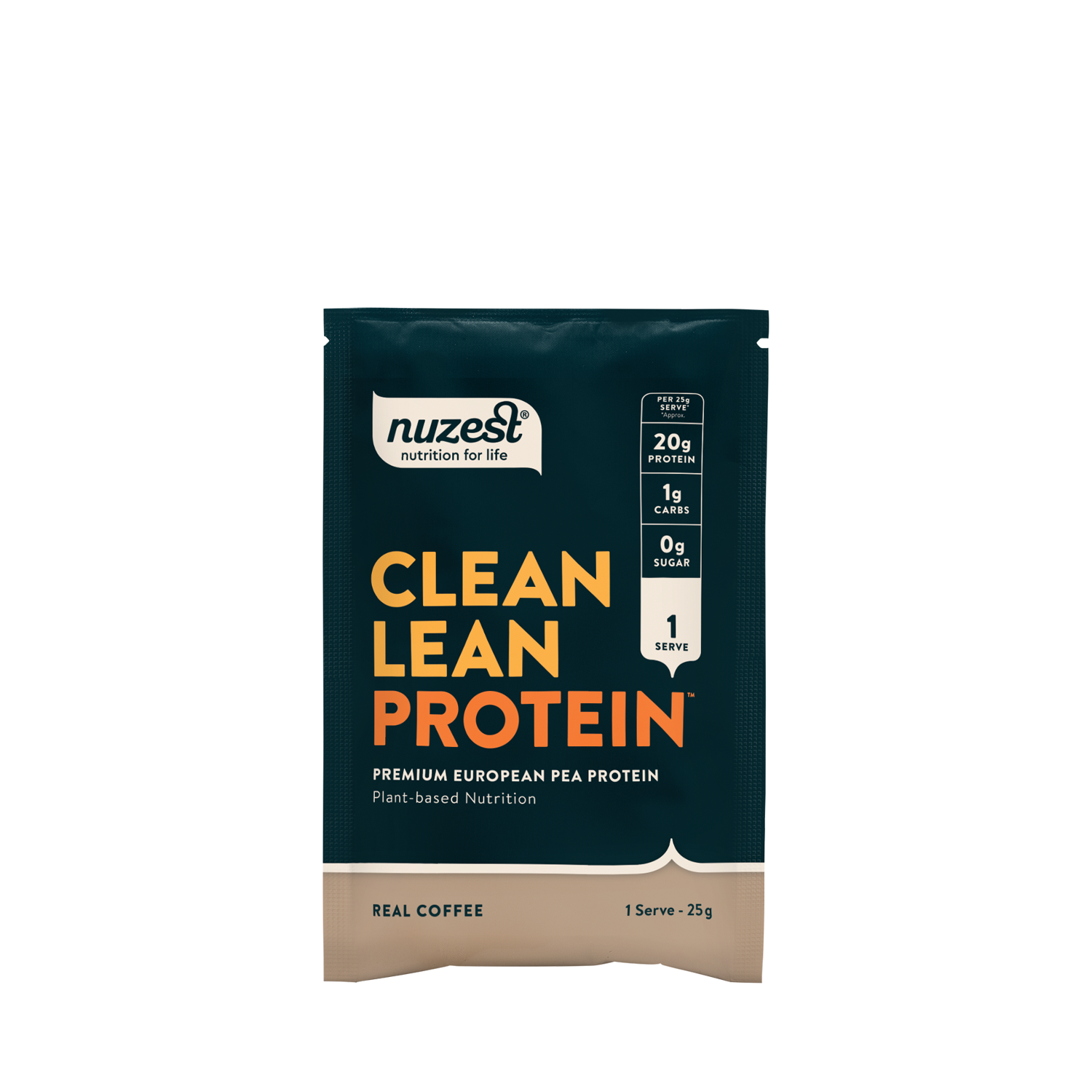Maitake
Grifola frondosa

Maitake is a type of edible mushroom (Grifola frondosa) traditionally used in cooking and supplements. It is often consumed in dried or extract form.
Products:
Maitake and Blood Sugar Regulation
Maitake mushrooms have demonstrated potential in supporting blood sugar regulation. Studies suggest they may enhance insulin sensitivity, which could assist individuals in maintaining healthy glucose levels. Additionally, bioactive compounds found in Maitake may contribute to improved glucose metabolism, supporting overall glycaemic control.¹
Adaptogenic Properties of Maitake
Recognised as an adaptogen, Maitake may assist the body in adapting to stress and maintaining physiological balance. Its supportive effects on the adrenal glands and regulation of stress-related hormones may help mitigate the impact of chronic stress, contributing to improved resilience and overall vitality.²
Maitake for Immunity
These mushrooms are recognised for their potential to support immune function. Rich in beta-glucans, they may help activate immune cells and enhance the body’s ability to defend against infections. Incorporating Maitake into the diet may contribute to a more robust immune response, supporting general health and wellbeing.³
Is Maitake a Mushroom?
Maitake is classified as a medicinal mushroom and is valued for its potential health-supporting properties. Traditionally known in Japan as the “dancing mushroom,” it has been used for centuries in traditional medicine for its therapeutic applications.⁴











